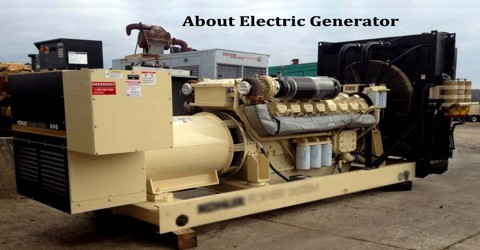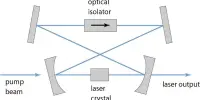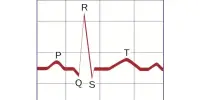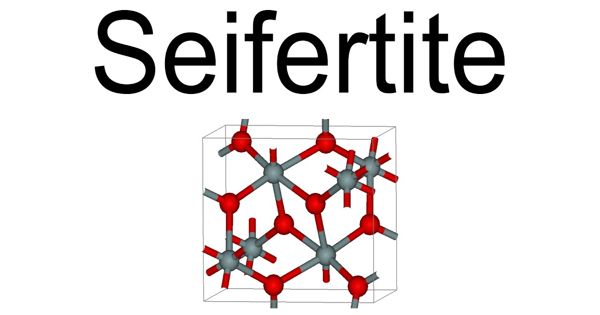About Electric Generator
Definition
Electric Generator is a machine that converts mechanical energy to electric energy. It is a device that converts motive power into electrical power for use in an external circuit. The mechanical energy can be supplied by the prime mover which combustion engine, steam engine, can water falling through turbine or even an electric motor or any such mechanism that can be a source of mechanical energy.
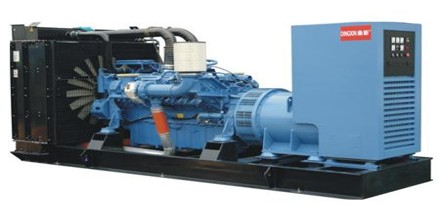
The mechanical power for an electric generator is usually obtained from a rotating shaft and is equal to the shaft torque multiplied by the rotational, or angular, velocity. The construction and the speed of the generator may vary considerably depending on the characteristics of the mechanical prime mover.
Generators are usually work on Faraday’s law of Electro Magnetic induction. This law explains that by rotating an electric conductor in a magnetic field, an emf is induced, which creates a flow of charges. When the conductor rotates in the magnetic field, a voltage difference is created between its two ends and the flux in it changes and an emf is induced which is proportional to the rate of change of flux (e=-N dΦ/dt) and hence the current flows. The electric conductor rotating is called the armature of the generator.
Structure and Function of Electric Generator
The electric generator works in the opposite way of an electric motor. It converts mechanical work into electrical energy. The principle of working off a generator is such that flow of electric charges can be induced by moving an electrical conductor in a magnetic field. Moving the conductor in the magnetic field produces a voltage difference between the two ends of the wire (electrical conductor), thus producing an induced current.

The main components of an electric generator are given below:
- The Frame – the structure
- An Engine – source of mechanical energy
- The Alternator – produces an electrical output from the mechanical input
- A Fuel System – to keep the generator operational
- A Voltage Regulator – the regulate the voltage output
- A Cooling System – to regulate heat levels that build up in the system
- A Lubrication System – for durable and smooth operations over a span
- An Exhaust System – to dispose of the waste exhaust gases produced in the process
- A Charger – to keep the battery of the generator charged
- Main Control – the control panel controlling generator interface
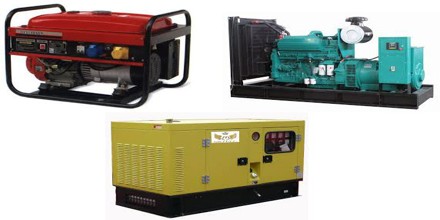
Types of Electric Generator
There are five major types of electric generators, classified according to the manner in which their field flux is produced:
Separately Excited Generator: In a separately excited generator, the field flux is derived from a separate power source independent of the generator itself.
Shunt Generator: In a shunt Generator, the field flux is derived by connecting the field circuit directly across the terminals of the generator. This type of generator has a distinct advantage over the separated excited generator that no external power supply is required for the field circuit.
Series Generator: In series Generator, the field flux is produced by connecting the field circuit in series with the armature of the generator.
Commutatively Compound Generator: In commutatively compounded generator, both a shunt and a series field are present and their efforts are additive. It can also be further divided into two categories:
- Long Shunt Compound
- Short Shunt Compound
Differentially Compound Generator: In a differentially compounded generator, both a shunt and a series field are present, but their efforts are subtracted. In this type of Generator, the shunt and series field windings, both are present but their magneto motive forces produced are such that they subtract from each other and the net magneto motive force is much less.
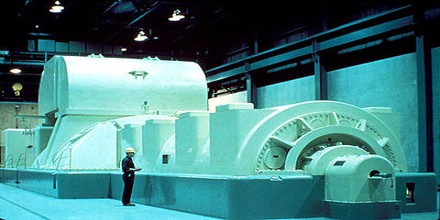
Uses of Electric Generator
Electric generators are typically used for backup power, but can be used for powering tools on a job site, while camping or tailgating or for off-grid purposes where there may be no incoming utility power. Some common uses are:
- They provide the power for most power networks across cities
- Small scale generators provide a good backup for household power needs or small businesses
- At construction sites, before the power is set up, they extensively make use of electric generators
- Energy efficient as fuel consumption is reduced drastically
- Since they give a range of voltage output, they are used in labs
- They are used to drive motors
- They are used in transportation
Reference: Wikipedia, Electrical Engineering Community, britannica.com, byjus.com
